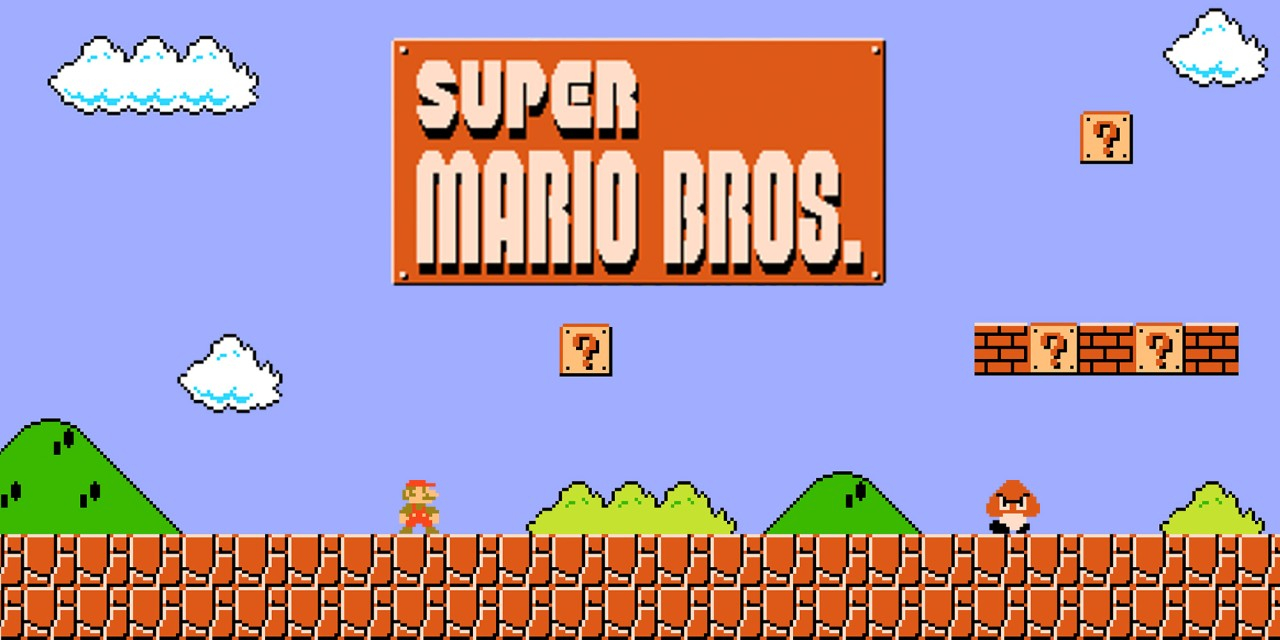Is it time you got an agent?
From bringing in big-name clients to taking care of admin headaches, agent representation could supercharge your career. We explain how to go about it.

When illustrator and graphic designer Eirian Chapman joined Australian agency The Jacky Winter Group, it gave her a foot into doors that were previously firmly closed. "The volume of illustration work that I do has doubled," says Chapman, who quit a full-time job in corporate design in 2009 to pursue a career in freelance illustration.
Her recent work includes a series of illustrations for the Commonwealth Bank of Australia, commissioned by M&C Saatchi. "I don't know how I would have landed that project without my agent's help and guidance – from flying me to Sydney for meetings with M&C Saatchi to helping with the nitty gritty," she explains.
"Advertising agencies often won't work with illustrators who don't have an agent,” adds Mathieu Julien of Paris-based illustration collective Les JeanClode, which is signed to Pocko in London, French agency Lezilus and Jakata-based Verve Reps. "Even if you're finding jobs by yourself, having an agent abroad helps with getting commissions from clients you can't reach. We're able to work for the UK market because Pocko supports us there."
Similarly, Utrecht-based studio collective Job, Joris & Marieke was well-known in the Netherlands when it signed up with Jelly London, but had "no idea" how to go about getting jobs abroad. "We've worked on projects we could never have landed without them," says producer Joris Oprins. "They're always promoting clients, on and offline, and we benefit from that. We recently made a short film called #Mute, and Jelly really helped with promoting it internationally."
Headache-free
Arranging commissions is only part of what agents do. "I get to spend more time drawing and less time looking, billing and quoting for work," says Melbourne-based illustrator and designer Guy Shield, who, like Chapman, is represented by Jacky Winter. "They also manage the legal side of things with licensing, which is a whole extra headache I don't have."
Sean Freeman, a designer and illustrator working in East London, says it's a relief not to worry about chasing payments. He is represented by three agents, including Levine/Leavitt in New York and Los Angeles. "Agents are there to negotiate, which is probably their best feature," he reasons. "They discuss money, usage and timings, and they'll have your back if you run into problems."
Agents are there to negotiate, which is probably their best feature
For example, agents can intervene if clients try to exceed the scope of a project. They can also be helpful if you're working across a significant time difference. "Some of our creatives have big US client bases,” says Chris Page, founder and director of Jelly London. "Any comments, changes or commercial variations tend to happen in the evenings. I'm available at these times, so they can focus on the creative aspect of the job by day, and leave me to sort out their admin at night."
Daily design news, reviews, how-tos and more, as picked by the editors.
Australian typographer and illustrator Gemma O'Brien has been with Jacky Winter for just over a year. Her first agency commission was a typographic Christmas illustration for Australian grocery chain Woolworths. "The scale and usage were extensive and it helped to have the agency manage quoting for the job," she says. Plus they provide an extra level of motivation, she adds: "Working freelance can get lonely. Having the team on hand to offer projects and advice gives me extra drive."

The right feel
Jacky Winter maintains a gallery space, Lamington Drive, and has created its own social network. "We have lots of opportunities for physical gatherings - we're like a big family and that can be a pretty nice thing," says the agency's director Jeremy Wortsman.
Wortsman recommends checking out an agency's blog, philosophy and social media presence to get a feel for its tone and marketing strategies. "Look at its other artists – is there a sympathetic aesthetic? If you specialise in a certain medium or approach, is there another artist you'll be competing with?"
When it comes to making your approach, it's vital to show respect for the agent's time. Find and read their submission guidelines - and keep to them. "It still shocks me to see how some people submit their work," Wortsman says. "Your approach should represent you at your absolute best. If it's a one-line email as part of a blast to 10 other agencies, it's probably going straight to the bin."
However, don't give up if your first approach isn't successful. Shauna Lynn Panczyszyn, a hand-letterer and illustrator located in Orlando, Florida, was in contact with international agent Illustration Ltd for several months before a cover for Jacksonville Magazine finally clinched the deal in May 2013.
Keeping up with contracts
Joining an agency will involve signing a legally binding agreement, so don't rush into anything. "Agents can operate in different ways, so your written - not verbal - contract should clearly define your business relationship," advises Matthew Shearer, membership manager at the Association of Illustrators, who checks contracts for members.
"This should include commission on any achieved fees, what territories they represent you in, whether you can keep your existing clients, how they will promote you, how you will be expected to contribute to that financially and what happens if either party wishes to end the relationship," he continues.
While the contract may start with a trial period, you will be legally committed once you sign. "Be clear about what the agent is charging commission for. Otherwise, something might be implied in the contract," says Simon Portman, managing associate at leading intellectual property practice Marks & Clerk Solicitors.
Getting someone to give your contract a once-over could save you a lot of money in the long run
This might cover creative disciplines, geographical territories and services provided by the agent, such as promotion. If you're signing up with multiple agents, you need to check there's no overlap – give copies of previous agreements to anyone checking the newest one.
"Don't assume the contract isn't negotiable," adds Portman. "Nobody is going to take it personally if you try to get the terms changed." However, it really is vital to get contracts checked: "Getting someone to give it a once-over could save you a lot of money in the long run."
The contract should specify exactly what you're paying commission on. Another sticking point is a tricky piece of law called the Commercial Agents (Council Directive) Regulations 1993. "If you terminate an agreement for any reason other than the agent being in breach [of it], they're entitled to compensation," Portman explains. The regulations don't always apply, but if they do, you can't contract out of them – so your contract needs to define and limit this liability.
Portman says you should also pay attention to when the agent expects to be paid. If they collect the money and pass on your share, check proper accounting procedures are in place.

Decisions, decisions
When it comes to picking the right agency for you, Portman advises asking around for word-of-mouth recommendations before making any decisions. Consider size too, as a large agency may have greater resources or access to bigger clients, while you might get more individual attention, and even more opportunities, from a boutique agency. This very much depends on the agency, which is why it's so important to ask around about their reputation.
A good agent will act as a bridge between you and the client, says Mathieu Julien of Les JeanClode. "They shouldn't be a creative filter, deciding when the work is good enough to send to the client - they should let the project happen and reappear if there's an issue."
For Oprins, the most important part of the agent-artist relationship is an awareness and understanding of each other's goals. "The agent needs to know what kind of projects you're looking for and you need to understand what's important to them," he says.
After all, representation is a relationship just like any other. "It's very much a two-way street, not a ticket to automatic and regular work," says Wortsman. He recommends regularly emailing new personal pieces and fodder for social media updates - and letting your agents know when work is slow.
There are traits that put some people above the rest, and in most cases it's not about your work
"There are traits that put some people above the rest, and in most cases it's not about your work," he says. "It's really simple stuff like being easy to work with, promptly returning any phone calls and emails, and being available to work."
"Just don't depend solely on your agent to get projects," advises illustrator and character designer Muxxi, from Guatemala City, who is signed to Illustration Ltd. "A good agent can put your work in front of thousands of clients, but the tricky part is still getting attention from those clients. You always need to keep working and giving it your absolute best."
Words: Anne Wollenberg
Anne Wollenberg is an award-winning freelance journalist based in Oxford, England. All illustrations courtesy of Graham Robson. This article originally appeared in Computer Arts issue 224.

Thank you for reading 5 articles this month* Join now for unlimited access
Enjoy your first month for just £1 / $1 / €1
*Read 5 free articles per month without a subscription

Join now for unlimited access
Try first month for just £1 / $1 / €1

The Creative Bloq team is made up of a group of art and design enthusiasts, and has changed and evolved since Creative Bloq began back in 2012. The current website team consists of eight full-time members of staff: Editor Georgia Coggan, Deputy Editor Rosie Hilder, Ecommerce Editor Beren Neale, Senior News Editor Daniel Piper, Editor, Digital Art and 3D Ian Dean, Tech Reviews Editor Erlingur Einarsson, Ecommerce Writer Beth Nicholls and Staff Writer Natalie Fear, as well as a roster of freelancers from around the world. The ImagineFX magazine team also pitch in, ensuring that content from leading digital art publication ImagineFX is represented on Creative Bloq.
